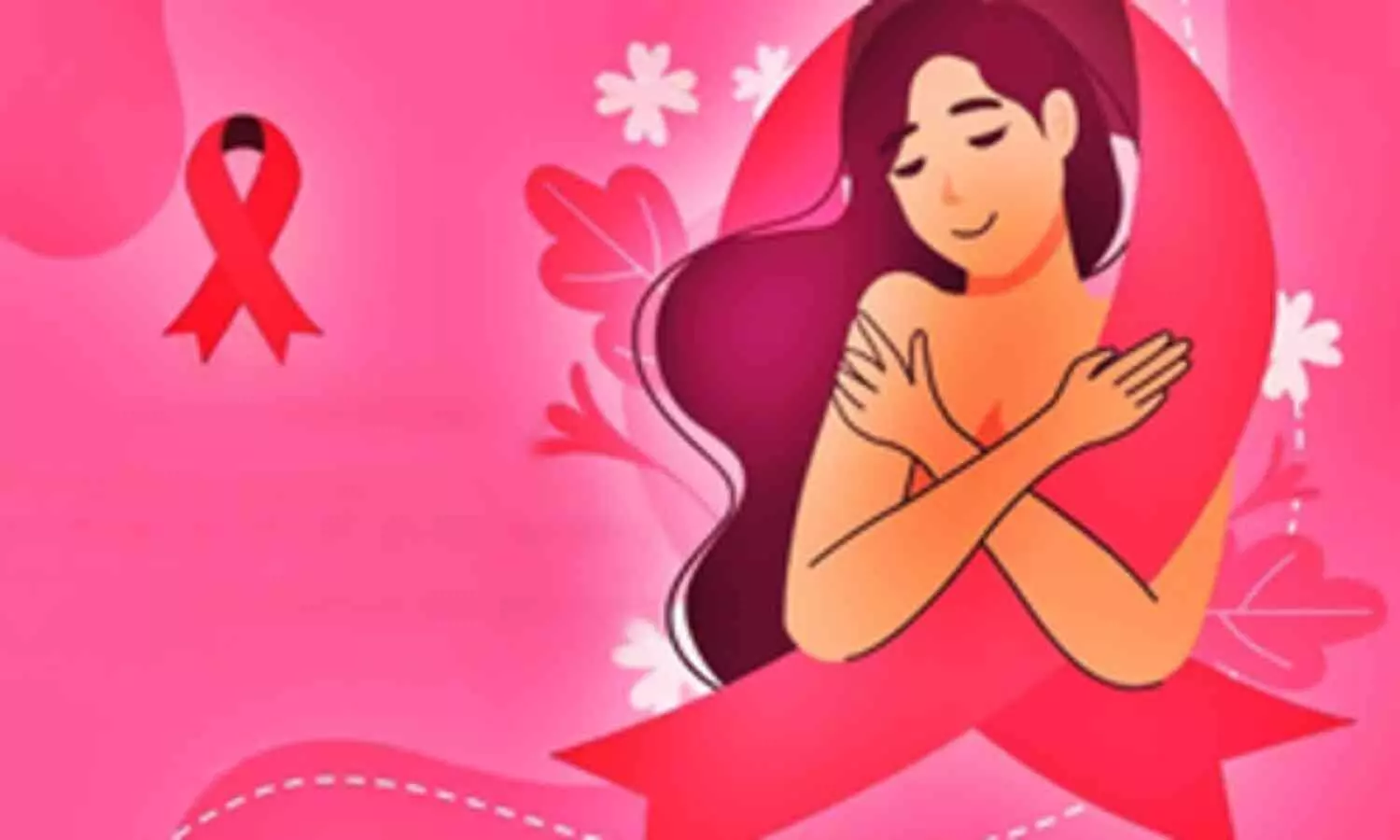Doctors urge women to notice breast cancer signs beyond lumps

New Delhi: While the most common sign of breast cancer is a lump in the breast, it can also develop without any noticeable symptoms, doctors emphasized on Tuesday, urging women to prioritize self-examination and regular screening. According to inputs from IANS, they highlighted the importance of early detection.
October is observed as Breast Cancer Awareness Month, a time to raise awareness about the most prevalent cancer among women in India. With a high mortality rate, breast cancer poses a significant public health challenge in the country. According to IANS, a recent study by the Indian Council of Medical Research (ICMR) predicts that breast cancer cases and deaths in India will continue to rise by 2045.
Experts stressed that early detection plays a crucial role in improving treatment outcomes and survival rates. "Although a breast lump is the most common presentation of breast cancer, it can also manifest as swelling or lumps under the arm or near the collarbone, nipple discharge (clear, bloody, or yellowish), and changes in the skin over the breast (such as dimpling, thickening, or a texture resembling orange peel)," Dr. Abhishek Shankar, Assistant Professor at the Department of Radiation Oncology, Dr. BR Ambedkar Institute Rotary Cancer Hospital at AIIMS, Delhi, told IANS.
Dr. Shankar further noted that other symptoms include "redness or rash over the breast or nipple, inverted nipples, changes in breast size and shape, and breast pain." According to IANS, ICMR reports that breast cancer accounted for 28.2% of all female cancer cases in India in 2022, with a five-year survival rate of 66.4%.
Breast cancer can be detected early with the help of screening tests. Mammography remains the gold standard, providing a mortality advantage. As per the updated 2024 guidelines by the United States Preventive Services Task Force, mammograms are recommended every two years starting at age 40. "One can develop breast cancer even without any visible symptoms, which is why screening through mammograms or breast MRIs is essential, as it has been shown to reduce mortality by over 30%," Dr. Divya Sehra, Consultant in Gynaecologic Oncology at Manipal Hospital Dwarka, New Delhi, told IANS.
In addition to lumps, other common signs include changes in breast shape or contour, which can be detected during mirror examinations. "Skin changes, such as redness and pain, often occur when the tumor grows toward the skin. General symptoms like unexplained weight loss, back pain, or pain in the upper right side of the abdomen may indicate metastatic cancers," Sehra added, according to inputs from IANS.
Dr. Shankar pointed out that both breast self-examination and clinical breast examinations are vital for early diagnosis. The National Programme on Prevention and Control of Noncommunicable Diseases (NP-NCD) is integrating clinical breast examinations into community-based breast cancer screening, according to IANS.
As for risk prevention, breast cancer risk factors can be reduced by making lifestyle changes. Modifying risk factors such as late marriage, late childbirth, not having children, and using oral contraceptives can lower the risk. "For high-risk individuals, chemoprophylaxis with hormonal tablets may help reduce the risk, though it is not commonly recommended due to cost and potential side effects," Dr. Shankar explained.
The experts also suggested genetic testing for those with a family history of the disease. Other ways to lower the risk include adopting a healthy lifestyle, with a diet rich in fiber and antioxidants, and avoiding alcohol and red meat, as per IANS.


